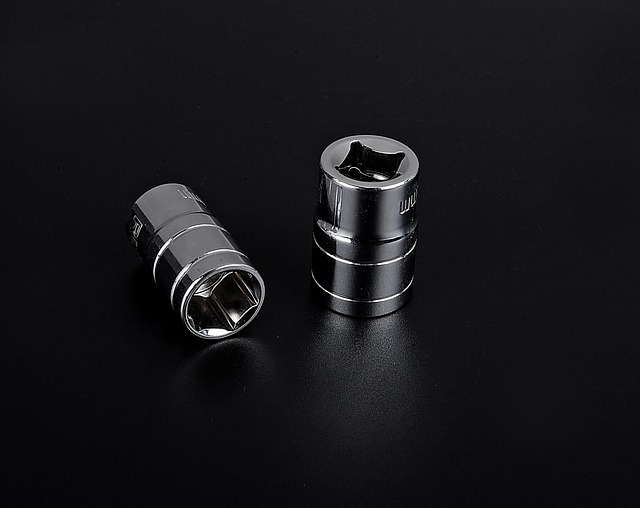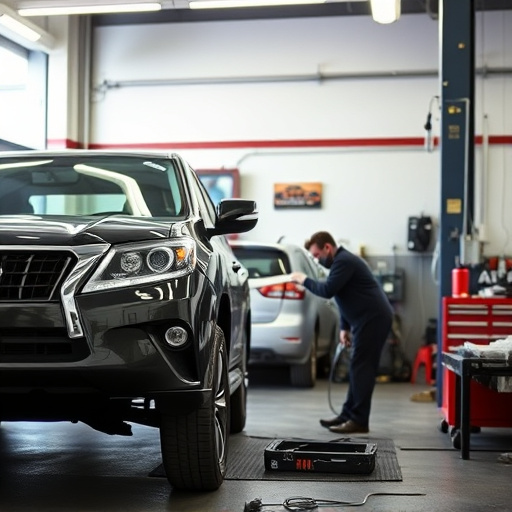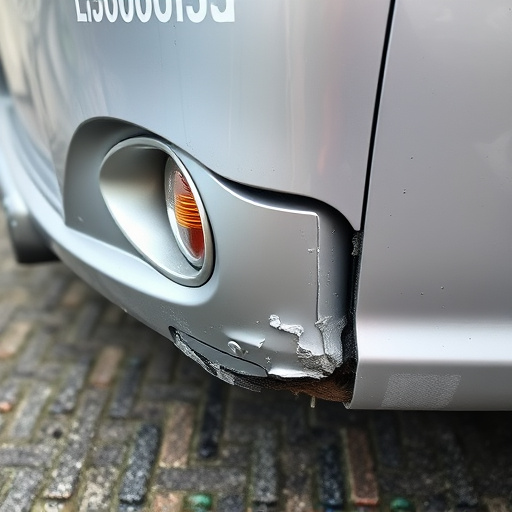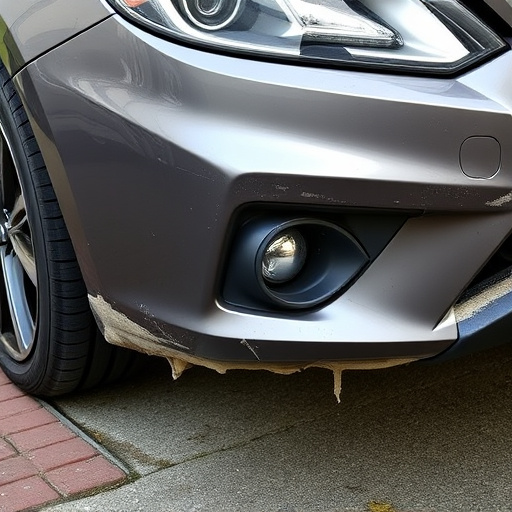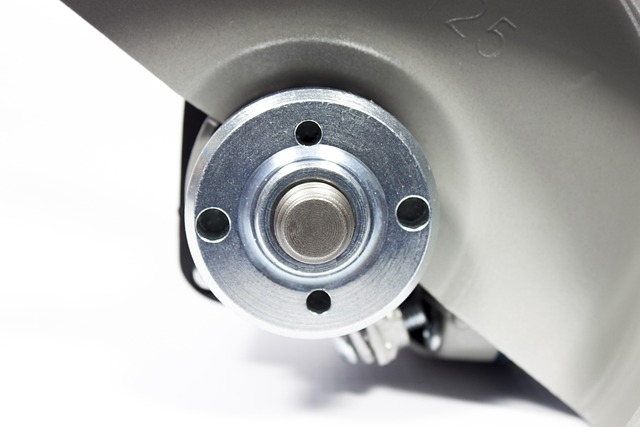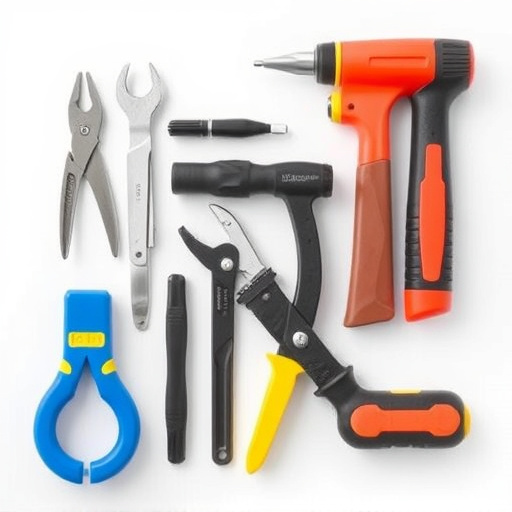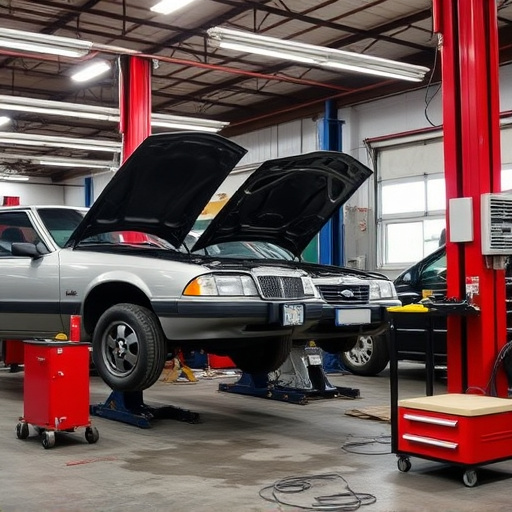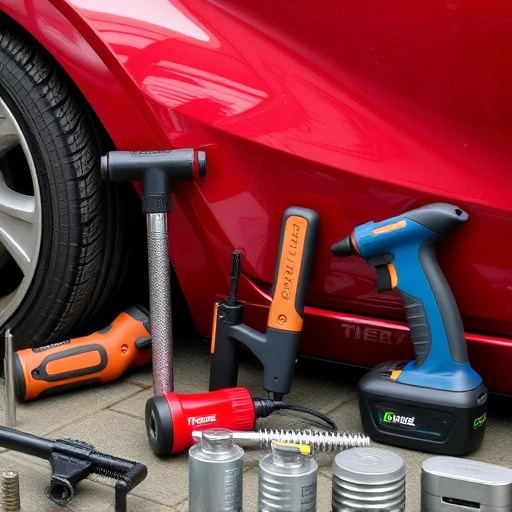Understanding your insurance policy's coverage for "insurance recommended repairs" is crucial. Review your policy, gather evidence (photos, records), document communication with insurers, collect comparable repair information. Familiarize yourself with the claims process, document damage thoroughly, contact your insurer, choose a reputable shop for quality service.
“Unsure how to enforce your insurance-recommended repairs? This guide breaks down the process, empowering you to navigate claims effectively. First, understand your policy’s coverage for damage repairs. Then, meticulously document the harm using photos and reports. Once ready, follow these steps: file a claim, provide detailed records, and collaborate with adjusters. Don’t overlook your rights—know how to demand the recommended repairs for a smoother restoration process.”
- Understanding Your Insurance's Repair Coverage
- Documenting Damage: Gathering Evidence
- Navigating the Claims Process: Steps to Take
Understanding Your Insurance's Repair Coverage
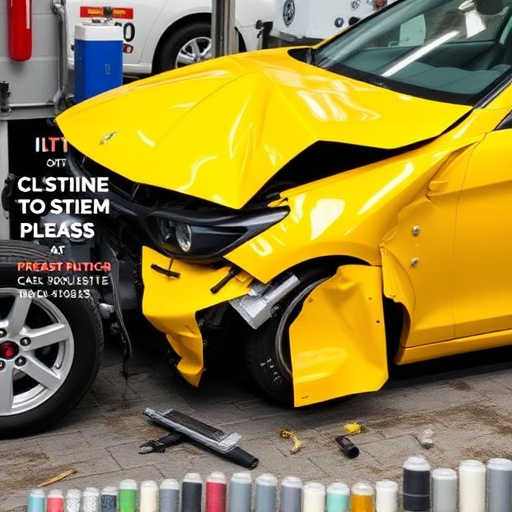
When it comes to understanding your insurance’s repair coverage, knowledge is power. Your policy likely includes provisions for what’s considered an “insurance recommended repair,” which can encompass a wide range of services from routine maintenance to significant damage repairs, including luxury vehicle repair and automotive body shop work. This coverage is designed to ensure that your vehicle is safe and reliable, adhering to manufacturer standards where applicable.
Reviewing your policy documents will help you grasp the specifics of what’s covered. Look for clauses related to collision or comprehensive insurance, as these usually dictate the scope of repairs that your insurer will assist with. Keep in mind that not all car damage repair costs are borne equally; deductibles and co-pays may apply. Understanding these terms and conditions is crucial when navigating the process of filing an insurance claim for recommended repairs, whether it’s for a minor fender bender or more substantial automotive body shop work.
Documenting Damage: Gathering Evidence

When filing an insurance claim for recommended repairs, proper documentation of the damage is crucial. Before contacting a body shop or insurance adjuster, start gathering evidence that supports your claim. Take clear and detailed photos of the affected areas, ensuring they showcase both the visible damage and any underlying issues. For instance, if you suspect a fender needs replacement due to a collision, capture close-ups of the dent, cracks, or deformities.
Additionally, keep records of all communication with your insurance company, including correspondence, emails, and notes from discussions. Collect information about comparable auto body repairs, especially if you plan to discuss the extent of work required. These documents will be invaluable when justifying the need for specific repairs and ensuring you receive the appropriate level of service from a reputable body shop, ultimately facilitating the insurance recommended repair process.
Navigating the Claims Process: Steps to Take
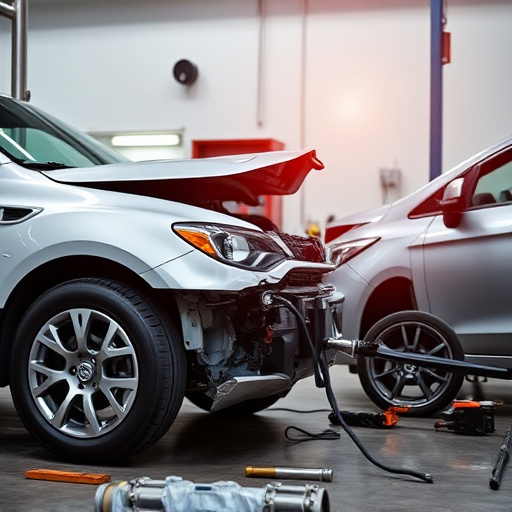
Navigating the claims process for insurance recommended repairs can seem daunting, but understanding the steps involved will ensure a smoother journey. The first step is to thoroughly document any damage or issues with your vehicle, taking clear photos and noting specific details like dates, costs estimated by other mechanics (if applicable), and repair suggestions. This comprehensive record will be invaluable when submitting your claim.
Next, contact your insurance provider promptly to inform them about the situation and request an evaluation. They’ll guide you through their specific claims process and help you understand what’s covered under your policy for insurance recommended repairs, whether it’s vehicle restoration, autobody repairs, or automotive restoration. Once approved, choose a reputable repair shop that specializes in these services to ensure high-quality workmanship and compliance with your insurance company’s requirements.
Knowing how to apply your insurance-recommended repairs is a crucial step in ensuring your property is restored effectively after an incident. By understanding coverage, documenting damage thoroughly, and navigating the claims process diligently, you can make the most of your policy’s benefits. Remember, timely action and clear communication with your insurer are key to a successful repair process, allowing you to restore your property to its pre-damaged condition.
